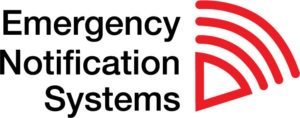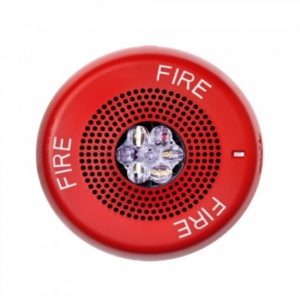 Stay Safe with Emergency Notification Systems
Stay Safe with Emergency Notification Systems Explosion proof bells and horns are specialized audible signaling devices designed for use in potentially hazardous environments where there is a risk of explosion. These devices are built to withstand and contain any sparks or arcs that could ignite flammable substances or gases present in the surrounding atmosphere. If you are looking for Explosion Proof devices for use in potentially explosive environments and suitable for use around all gas groups this article can help you.
Here are some key features and considerations regarding explosion-proof bells and horns:
- Construction: Explosion Proof Bells and Horns are typically constructed with robust materials such as cast aluminum or stainless steel to ensure durability and resistance to corrosion. They are engineered to prevent the release of electrical energy that could trigger an explosion.
- Certification: These devices undergo rigorous testing and certification processes to meet industry standards and safety regulations. In the United States, the Underwriters Laboratories (UL) certification, particularly the UL 1203 standard, is commonly used to assess explosion-proof equipment.
- Sealing: Explosion-proof bells and horns employ sealing techniques, such as o-rings or gaskets, to prevent the entry of flammable substances into the device. This helps to minimize the risk of an explosion by containing any potential ignition sources.
- Spark-free operation: Special measures are taken to ensure that these devices do not generate sparks or arcs during operation. They may incorporate intrinsically safe circuitry or use sealed contacts to eliminate any potential sources of ignition.
- Audibility: Explosion-proof bells and horns are designed to produce loud and distinct sounds to alert individuals in hazardous areas. They are available in various sound output levels and tones to suit different environments and applications.
- Environmental ratings: These devices often carry specific environmental ratings to indicate their suitability for different hazardous locations. Common ratings include Class I, Division 1 or 2 (for flammable gases and vapors) and Class II, Division 1 or 2 (for combustible dust).
- Integration with control systems: Explosion-proof bells and horns can be integrated into safety control systems, enabling them to be activated in response to specific events or as part of an overall emergency warning system.
When considering the use of explosion-proof bells and horns, it is crucial to consult relevant safety standards and regulations in your jurisdiction and involve experts familiar with hazardous area classification and electrical systems to ensure proper installation and compliance with safety requirements.
To learn more and shop for Explosion Proof Horns, Speakers and Bells check out https://www.wheelock-products.com/medc-explosion-proof-signaling.aspx
or Call Wheelock-Products at 888-565-6999.


 For Audio and Visual Fire Alarm and Notification
For Audio and Visual Fire Alarm and Notification